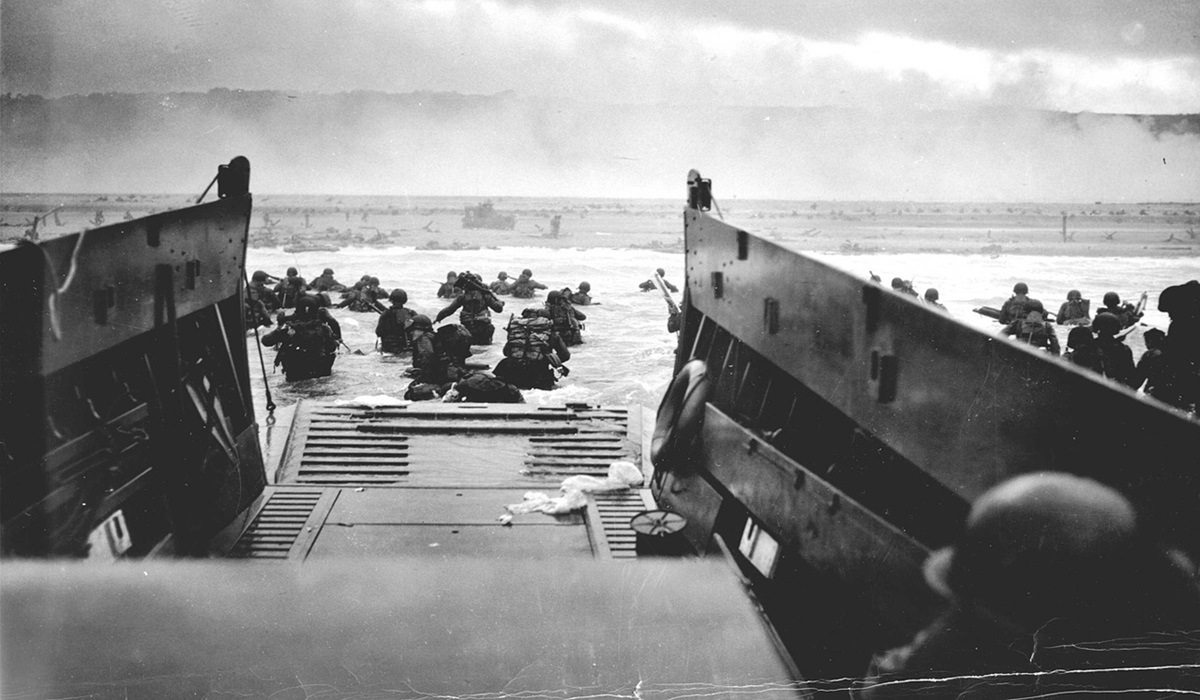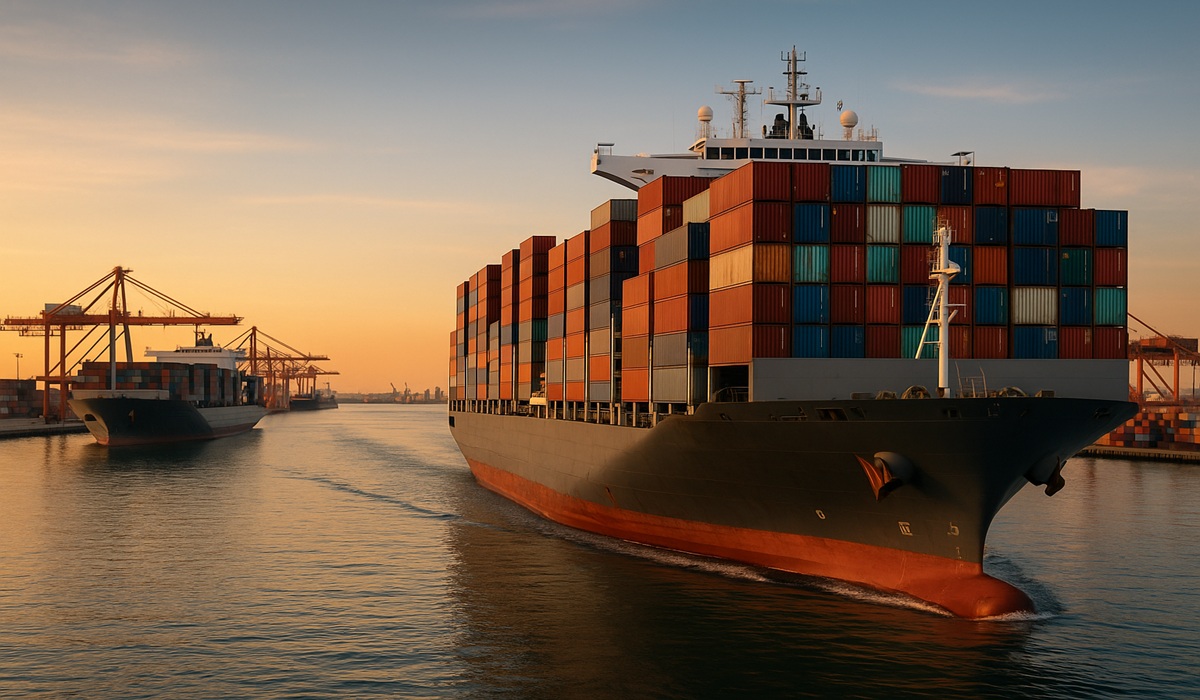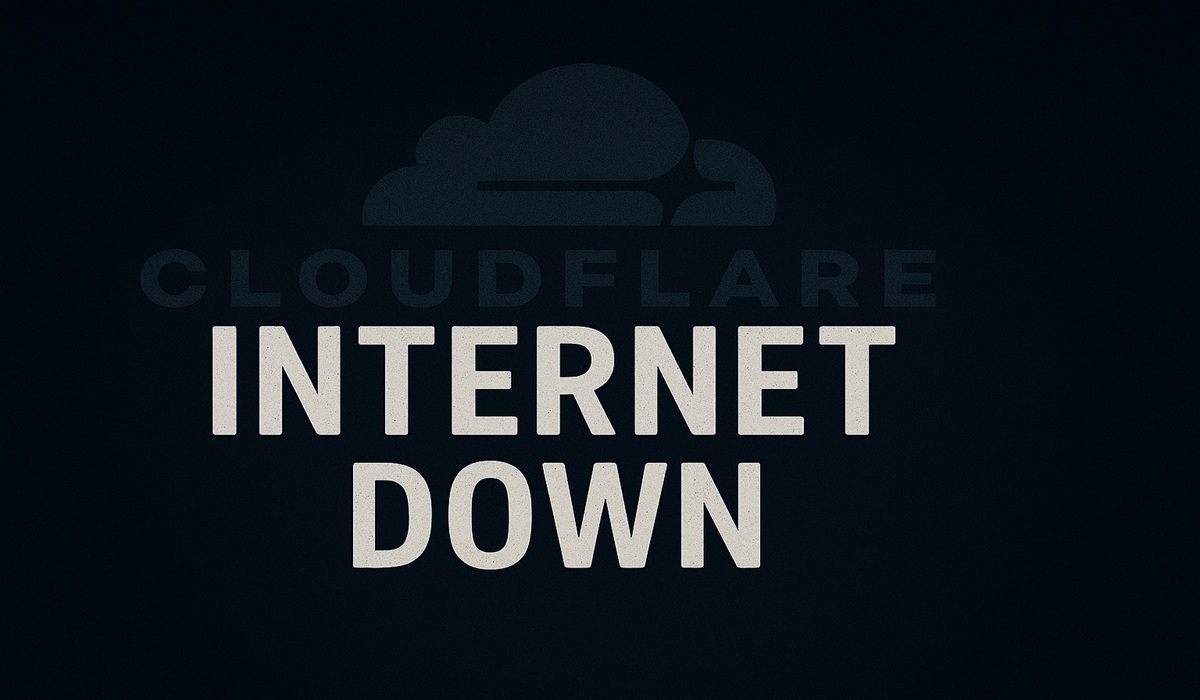D-Day: The Turning Point That Changed the Course of World War II
- Kingston Bailey
- Breaking News
- June 7, 2025

Image Credit, WikiImages
On the early morning of June 6, 1944, as darkness still clung to the horizon over the English Channel, thousands of Allied troops climbed into boats, planes, and gliders, poised for what would become the most daring and consequential military operation of the 20th century. Codenamed Operation Overlord, this massive amphibious assault marked the beginning of the end of Nazi Germany’s occupation of Western Europe. D-Day was not just a battle—it was a pivotal moment in human history where the fate of millions hinged on a single, coordinated strike.
Over 156,000 troops from the United States, United Kingdom, Canada, and other Allied nations stormed the heavily fortified beaches of Normandy, France. The mission was perilous from the start. Soldiers faced rough seas, relentless machine-gun fire, landmines, tank traps, barbed wire, and a ruthless enemy dug into strategic high ground. The Germans had spent years fortifying the Atlantic Wall, believing the Allies might attempt a cross-channel invasion, but they did not expect the landings to occur at Normandy.
The beaches were divided into five sectors: Utah, Omaha, Gold, Juno, and Sword. American forces faced some of the bloodiest resistance at Omaha Beach, where hundreds were cut down before even reaching dry land. Canadian troops at Juno Beach were likewise met with intense German firepower, suffering heavy casualties but still pushing forward. British forces at Gold and Sword Beaches advanced steadily, linking up with airborne divisions who had landed earlier behind enemy lines.
The entire operation was a logistical nightmare—over 5,000 ships, 11,000 aircraft, and massive supplies had to be precisely coordinated, often in unpredictable weather and under radio silence. What made D-Day even more remarkable was the sheer scale of deception involved. Through fake radio chatter, dummy tanks, and false intelligence leaks, the Allies managed to convince Hitler that the main invasion would land at Pas de Calais, not Normandy. This sleight of hand delayed German reinforcements and gave the Allied forces precious time to establish a beachhead.
By nightfall on June 6, despite brutal losses—over 4,000 Allied soldiers dead and thousands more wounded or missing—the invasion was a success. The beachheads were held, and a new front in Western Europe had opened. In the weeks and months that followed, more than 2 million Allied troops would pour into France, pushing German forces back village by village, city by city. Paris was liberated by the end of August. Less than a year later, Nazi Germany surrendered, and the war in Europe was over.
But D-Day was not just a military operation. It was a statement of unity, courage, and the unbreakable human will to fight tyranny. It was a moment when soldiers from different nations, backgrounds, and beliefs came together for a single purpose: freedom.
The cost was immense. Entire generations of young men were lost in the mud and blood of Normandy. Families back home waited in agonizing silence for telegrams that would either deliver relief or shatter their worlds. Yet the sacrifice forged something enduring. It forged an alliance that has lasted generations. It forged peace in a continent once torn apart by war.
Eighty-one years later, D-Day remains a symbol—not of conquest, but of liberation. It reminds us that history is not written by chance but by those willing to stand up, to risk everything, and to act, even when the odds seem impossible.
As veterans of that day become fewer with each passing year, it falls to us to remember. Not as a tale of glory, but as a solemn promise: that the lives lost on the beaches of Normandy were not in vain. That democracy, justice, and freedom are worth fighting for—no matter the cost.
June 6, 1944 was more than just a date. It was the day the world began to turn back toward the light.








